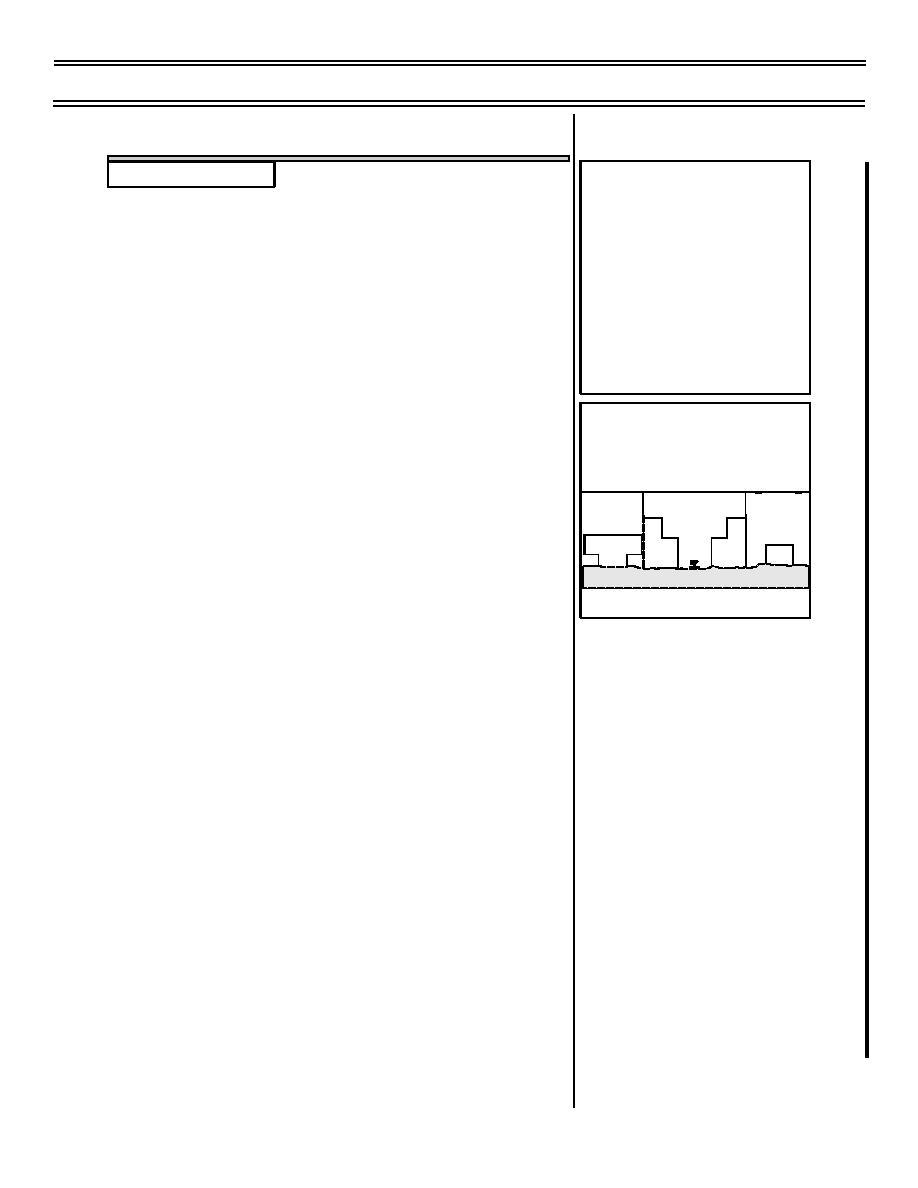
T-45A UJPT & E2-C2 INav-06
Departure and Terminal Procedures
PRESENTATION
Sg 1, fr 1: Lesson Organization
DEPARTURE AND TERMINAL
PROCEDURES
I.
Airspeed restrictions (FAR 91.117) 1.1.1.8.4
*
Airspeed restrictions (FAR 91.117)
*
Fuel requirements for filing DD-175
NOTE: You will have to make a conscious effort to
*
Takeoff weather minimums
exercise speed control in the T-45A, which can
*
Types of IFR departures
*
Standard instrument departure (SID)
easily exceed desired speeds as well as legal speed
*
Approaches
restrictions. The reason for airspeed restrictions is
*
Closing flight plan
*
Instrument rating requirements,
to allow for see-and-avoid response times as well as
renewal & expiration
ATC sequencing and handling.
* Log book entries
A.
Above 10,000 ft MSL
Sg 1, fr 2: Airspeed Restrictions
NOT TO SCALE
1.
ATC specifies no absolute upper airspeed
limitation
NO SPEED LIMIT ABOVE 10,000 ft MSL
10,000 ft MSL
10,000 ft MSL
250 KIAS
250 KIAS
BELOW
CLASS B
BELOW
10,000 ft MSL
10,000 ft MSL
2.
OPNAVINST 3710.7 limits supersonic flight
30 NM RADIUS
250 KIAS
4,000 ft AGL
4,000 ft MSL
over land or within 30 miles offshore to
2,500 ft AGL
CLASS C
200 KIAS
200 KIAS
10 NM RADIUS
CLASS D
5 NM RADIUS
1,200 ft AGL
UNDER
IN CLASS B
200 KIAS
200 KIAS
specifically designated areas to ensure
CLASS B
CORRIDOR
4 NM RADIUS
5 NM RADIUS
minimum possibility of disturbance. As a
general policy, sonic booms shall not be
MAXIMUM AIRSPEED BY CLASS OF AIRSPACE
intentionally generated below 30,000 ft of
altitude unless over water and more than 30
miles from inhabited land areas or islands.
NOTE: Deviations may be authorized only
when supersonic speeds are required by:
a. Tactical missions
b. Formal training syllabus flight
c. Research test and operational
suitability test flights
d. A CNO-authorized flight demonstra-
tion.
B.
Below 10,000 ft MSL: airspeed limited to 250
KIAS unless otherwise authorized by the
administrator (or ATC in case of operations in
Class B airspace)
C.
Within Class B airspace: 250 KIAS
(6-99) Original
Page 6-5



 Previous Page
Previous Page
